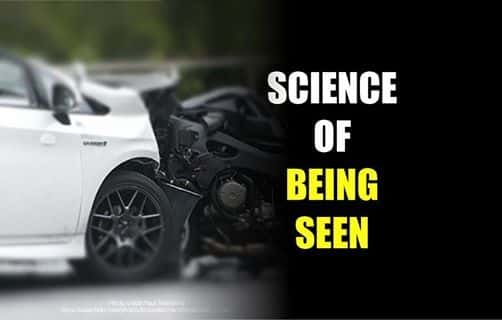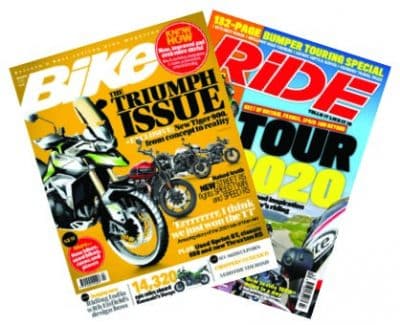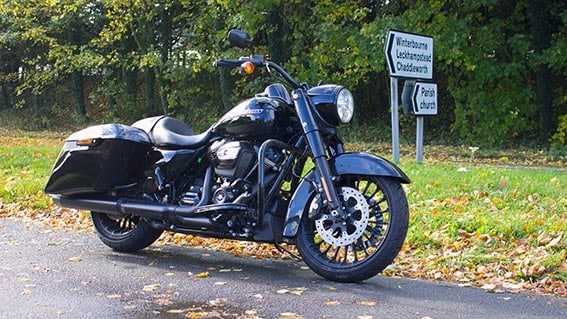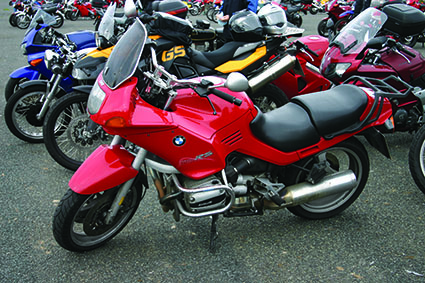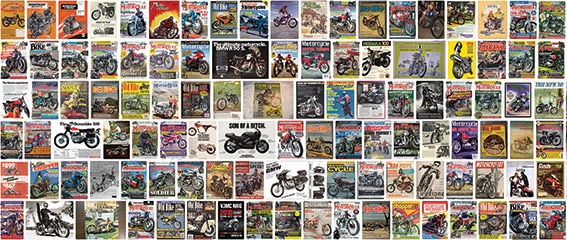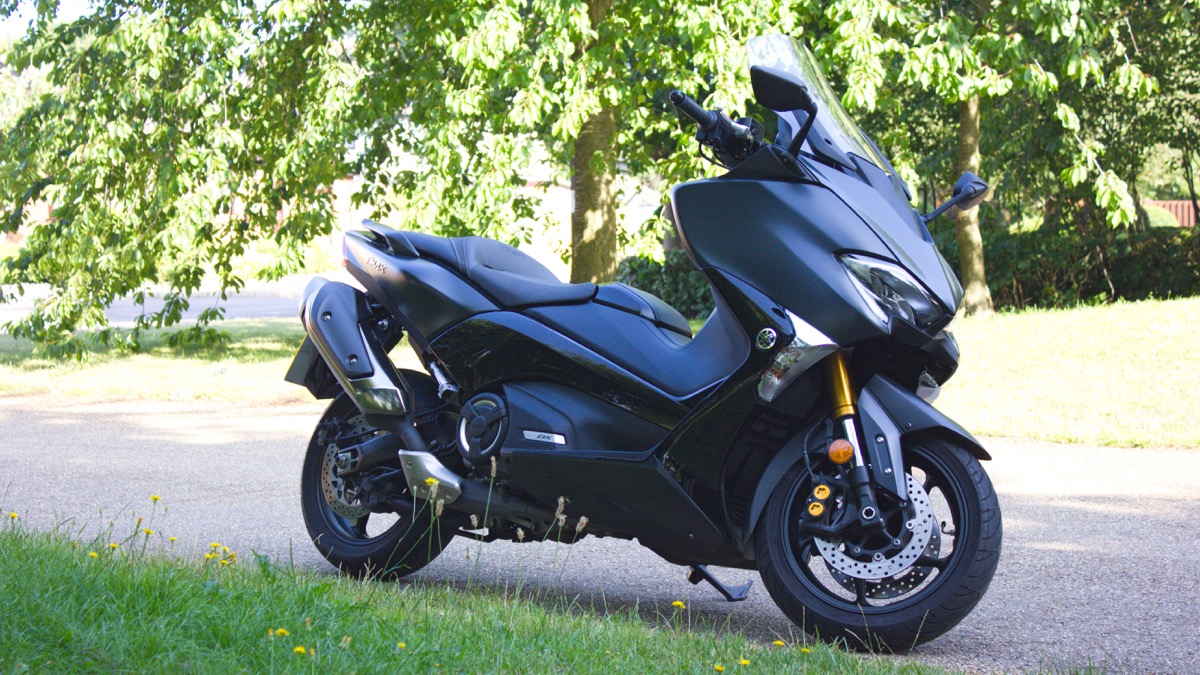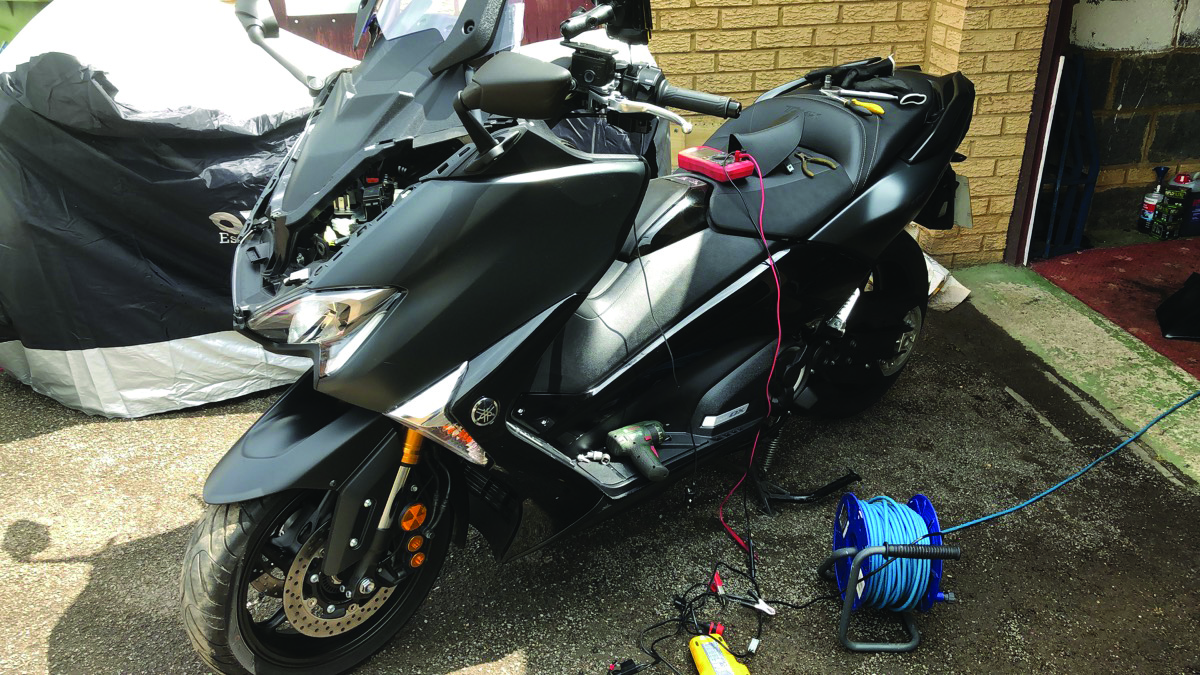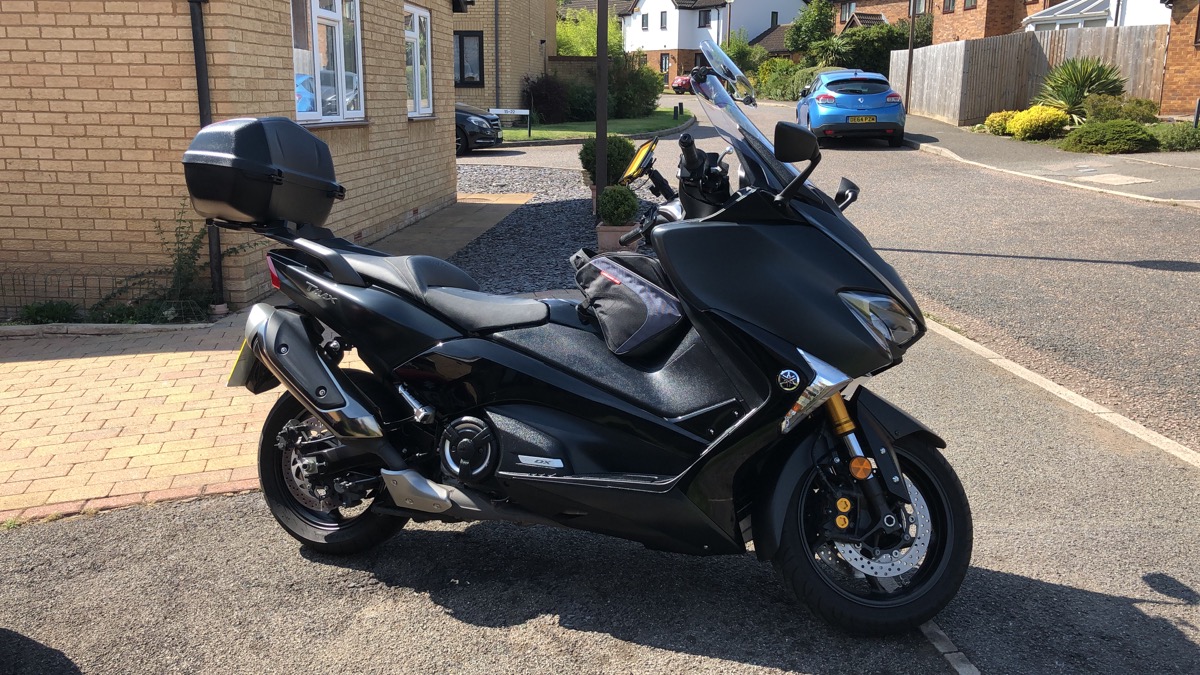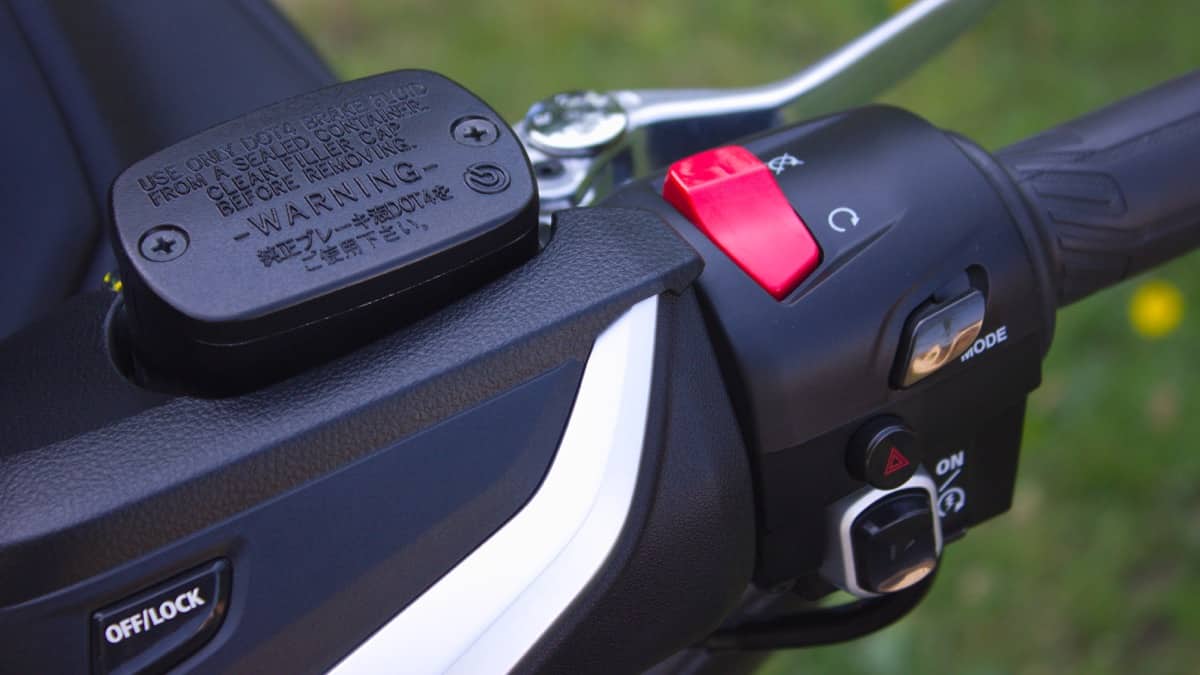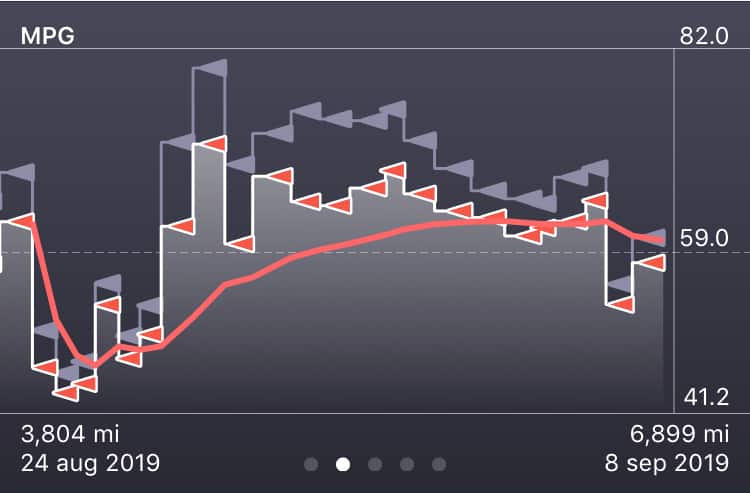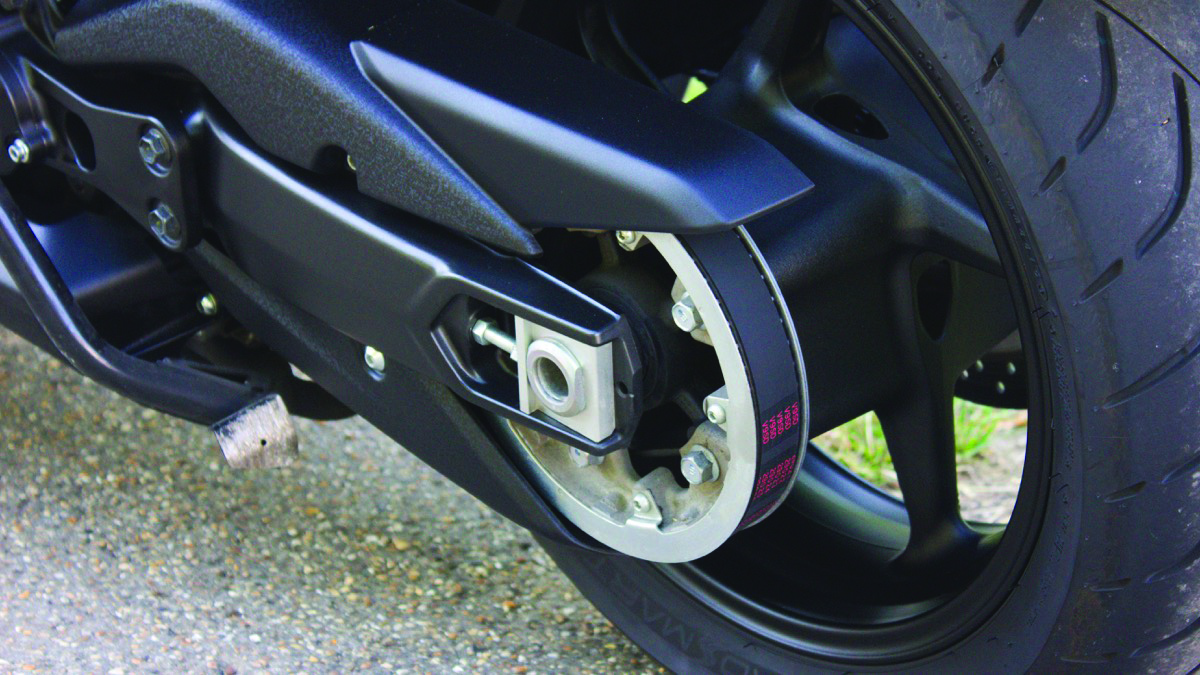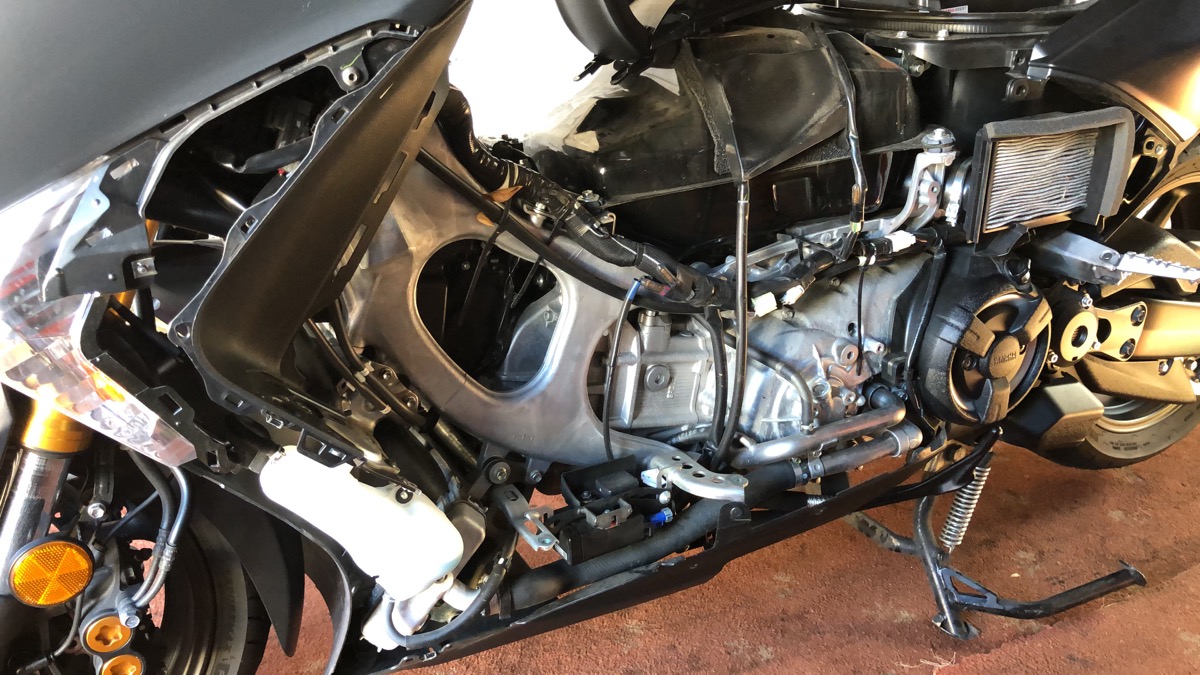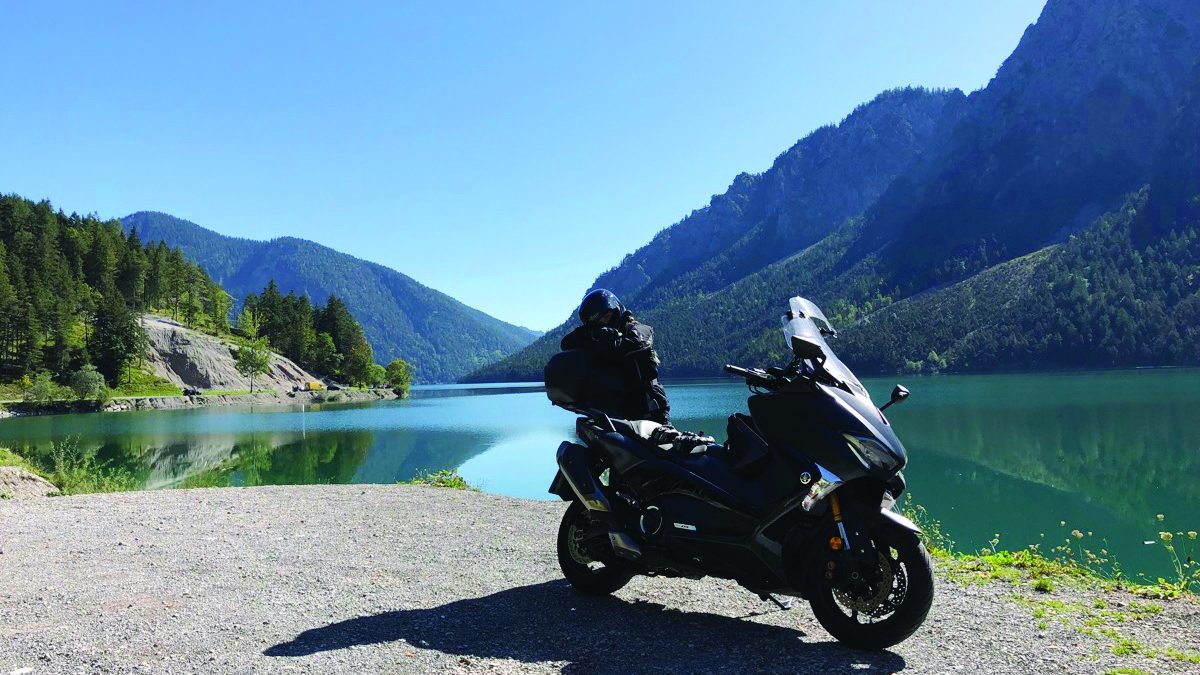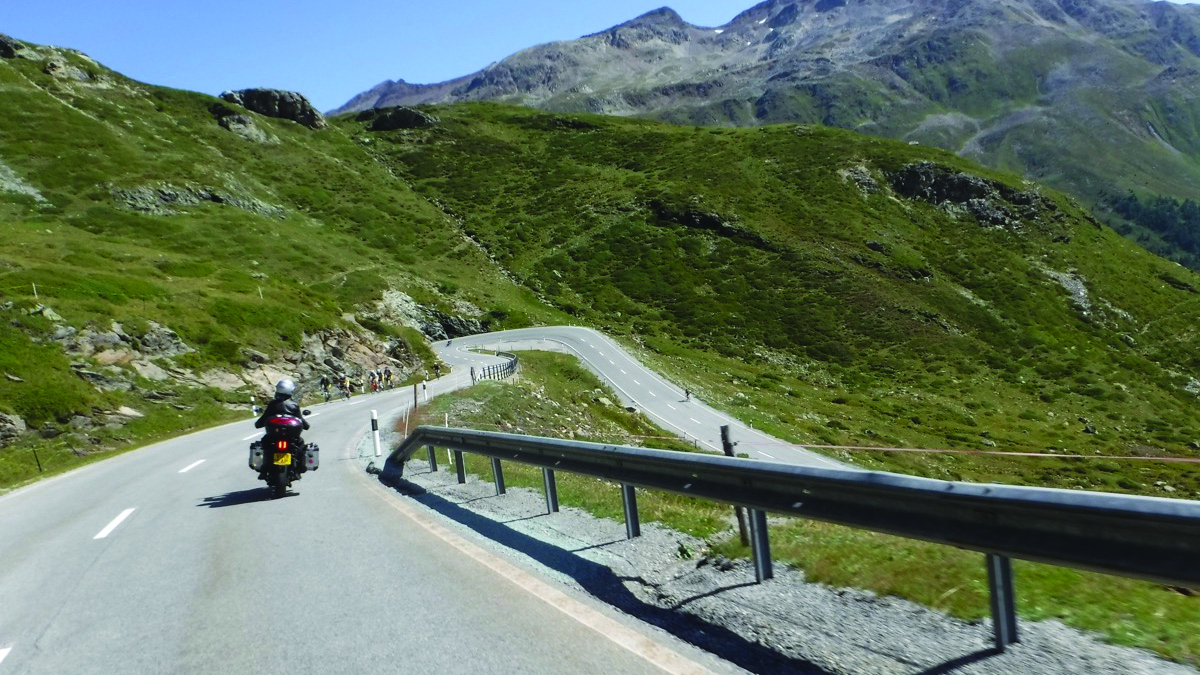Looked but Could Not See
In the moments leading up to a SMIDSY, we can usually see the car. We can often see the driver. Ergo, we assume the driver should be able to see us ‘if he looks properly’. It’s the obvious, common-sense, conclusion.
It may be obvious. It may be common-sense… but it’s often wrong.
In fact, in over one-third of collisions involving a car and a two-wheeler, the bike was out of sight at some point of the run-up.
Now, before I go any further with my explanations, I want to make clear that explaining how and why drivers make mistakes is NOT ‘shifting the blame’ for the SMIDSY collision onto the motorcyclist.
The driver still has a responsibility to avoid making mistakes, and maybe you think the answer is that drivers should ‘look harder for bikes’ but it’s not as simple as it sounds. Have a think about what we all do when pulling out of a side turning – we’re looking left and right, back and forth, possibly watching ahead if we are at a crossroads, probably keeping an eye on cyclists and pedestrians too. Although we do this almost without effort once we’re through the learning stage, even motorcyclists pull out in front of other bikes.
As the ones far more likely to get hurt, what matters to us is seeing it coming and getting out of trouble if there’s the remotest chance. As I said in my first column for MAG years ago, ‘it takes Two to Tangle’; if the driver sets up the circumstances in which a collision CAN occur, we still have to RIDE INTO IT for it to happen. Mid-emergency, blame is irrelevant. We can leave the lawyers to sort that out later.
So let’s start by understanding just how a motorcycle can vanish from sight.
A typical motorcycle is one-third of the width of a car and can easily be hidden, particularly on busy city streets. Maybe other vehicles block the drivers view, particularly if we are filtering or moving alongside parked vehicles. We can vanish behind a tree, a telephone box, even people standing on a street corner.
Sometimes the bike is obscured by the car itself. The framework supporting the windscreen – the A pillars – are significantly thicker on modern vehicles. Those in my partner’s car are about the size of my palm. Stand in front of your motorcycle, hold your hand up in front of your face and see just how close you can get and not see your own motorcycle. The distance should alarm you. So if the driver looks in our direction and the view is blocked by the A pillar, the driver won’t know we’re there.
So now angles are important. Imagine approaching a car already waiting to turn at a junction. If the car’s at right angles to us, then the driver can look out the side window. Or if the car is facing us, waiting to turn into the side road, the driver’s looking out the windscreen.
But what if the side road is at an angle, or the driver has angled the vehicle? At the right (wrong?) angle, the A pillar can partially block the view down the road. And from our palm experiement, we know how close we can get and still be invisible. The B pillar supporting the doors can play the same trick when glancing back over the shoulder.
What if both vehicles are moving? Then another, more complex, problem known to sailors as the ‘constant bearing’ problem can arise.
Here’s what happens. If two vessels are sailing on a collision course, then there’s no movement across the background – the bearing between them stays constant. The same can happen if a bike and a car are both moving towards a junction. Since the angle stays the same, there’s no movement across the background to help the driver detect the motorcycle in the first place. But if their relative positions put the bike in the blind spot created by the A pillar, then it will remain invisible almost to the moment of collision.
This seems to explain many roundabout collisions and near-misses. Most of us approach a roundabout hoping to keep moving, so we look, don’t see anything, and drive straight onto the roundabout. That’s when we discover that there’s been another vehicle in the blind area the entire time.
I started off by saying we don’t have to ride into these collsions. A big plus of riding a motorcycle is that we usually have a better view than a driver. It’s rare we have zero view of the car that’s about to pose a threat.
We need to work out the driver’s likely line-of-sight. If we can see the front of a car (but not the driver) then our bike isn’t where the driver can see it. If we can see that the A pillar is sitting directly in the driver’s line-of-sight, then we can anticipate he can’t see us.
And then we do something proactive to avoid the ‘looked but failed to see’ error making mincemeat of us. We can slow down, change position, sound the horn and be ready to take evasive action.
To say that too many riders fail to take these simple precautions and consequently get caught out isn’t ‘blaming the rider’ but it’s hard not to think that our response in an emergency needs to be better than ending up in a heap repeating the tired old complaint ‘the driver didn’t look properly’.
We’ve been saying that for one hundred years and it’s not solved the problem yet.
Kevin Williams / Survival Skills Rider Training www.survivalskills.co.uk
© K Williams 2020
The Science Of Being Seen – the book of the presentation £9.99 plus P&P and available now from: www.lulu.com
The ‘Science Of Being Seen’ is a presentation created in 2011 for Kent Fire and Rescue’s ‘Biker Down’ course by Kevin Williams.
Biker Down is now offered by over half the nation’s FRSs as well as the UK military, and many deliver a version of SOBS.
Kevin personally presents SOBS once a month for KFRS in Rochester.
He toured New Zealand in February 2018 delivering SOBS on the nationwide Shiny Side Up Tour 2018 on behalf of the New Zealand Department of Transport.
Find out more here: https://scienceofbeingseen.wordpress.com

